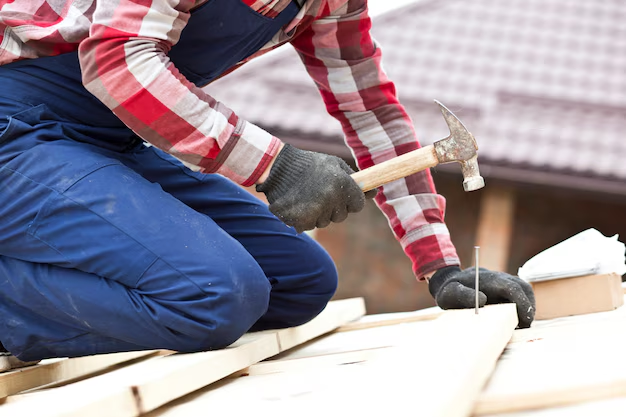Upgrade Your Home: Installing a Metal Roof Over Shingles
If you're considering upgrading your roof, installing a metal roof over existing shingles can be an efficient and cost-effective solution. Not only does this approach save you the hassle and expense of removing old roofing materials, but it also provides enhanced durability and energy efficiency. Here’s a step-by-step guide to help you understand the basics of this project and make an informed decision.
Why Choose Metal Roofing?
Durability and Longevity: Metal roofs are known for their resilience against severe weather conditions, including heavy snow, rain, and strong winds. They can last up to 50 years or more, making them a solid long-term investment.
Energy Efficiency: Metal roofing reflects solar radiant heat, which can reduce cooling costs by 10-25% in warmer months.
Aesthetic Appeal: With a variety of styles and colors available, metal roofs can enhance your home's curb appeal.
Steps to Install a Metal Roof Over Shingles
Check Local Building Codes: Before proceeding, it’s crucial to verify that local building codes allow for roof-over-roof installations. Some regions may have restrictions or specifications.
Inspect Existing Shingles: Conduct a thorough inspection of your current roof to ensure it’s in acceptable condition. The shingles should be flat, and the underlying structure should be sound and free of rot or sagging.
Add a Layer of Underlayment: Adding a high-quality underlayment can provide extra insulation and moisture protection, prolonging the lifespan of your metal roof.
Install Battens or Furring Strips: To avoid direct contact with old shingles, install battens or furring strips. This layer will help ventilate beneath the metal roof to prevent moisture buildup.
Apply the Metal Panels: Begin placing metal panels from the roof's bottom edge upwards. Ensure each panel overlaps the preceding one slightly to ensure proper water runoff.
Secure with Fasteners: Use appropriate screws and fasteners to secure the panels, keeping the manufacturer’s specifications in mind to ensure a snug fit.
Finish with Trim and Flashing: Properly install trim and flashing to seal edges and potential leak points around chimneys, vents, and skylights.
Consider Financial Assistance for Your Roofing Project
Investing in a metal roof is a significant expense, but there are options to ease the financial burden. Here are a few programs that might help:
**Government Rebates and Incentives:**🌿 Some governments offer tax rebates or incentives for installing energy-efficient roofing solutions. Check local and federal programs that could reduce costs.
**Home Improvement Loans:**🏠 Banks and financial institutions often provide low-interest loans specifically for home improvements, including roofing projects.
**Insurance Discounts:**📉 Consult with your insurance company about potential discounts on premiums for installing a durable, weather-resistant metal roof.
**Energy Efficiency Grants:**💡 Certain programs offer grants for projects that improve energy efficiency, which may include metal roofing.
Financial Resources to Explore
- 🌟 Federal and State Tax Credits: Reduce overall costs by applying for tax credits.
- 🏦 Home Equity Lines of Credit: Utilize your home’s equity to finance improvements.
- 💶 Personal Loans for Renovations: Quick access to funds for roofing projects.
- 🛠️ Local Contractor Financing Plans: Some contractors offer payment plans for large projects.
Upgrading to a metal roof over shingles combines practicality with aesthetic improvements, ensuring your home is protected and stylish for years to come. By exploring financial resources, you can make this upgrade more affordable while enhancing your home’s value and efficiency.
